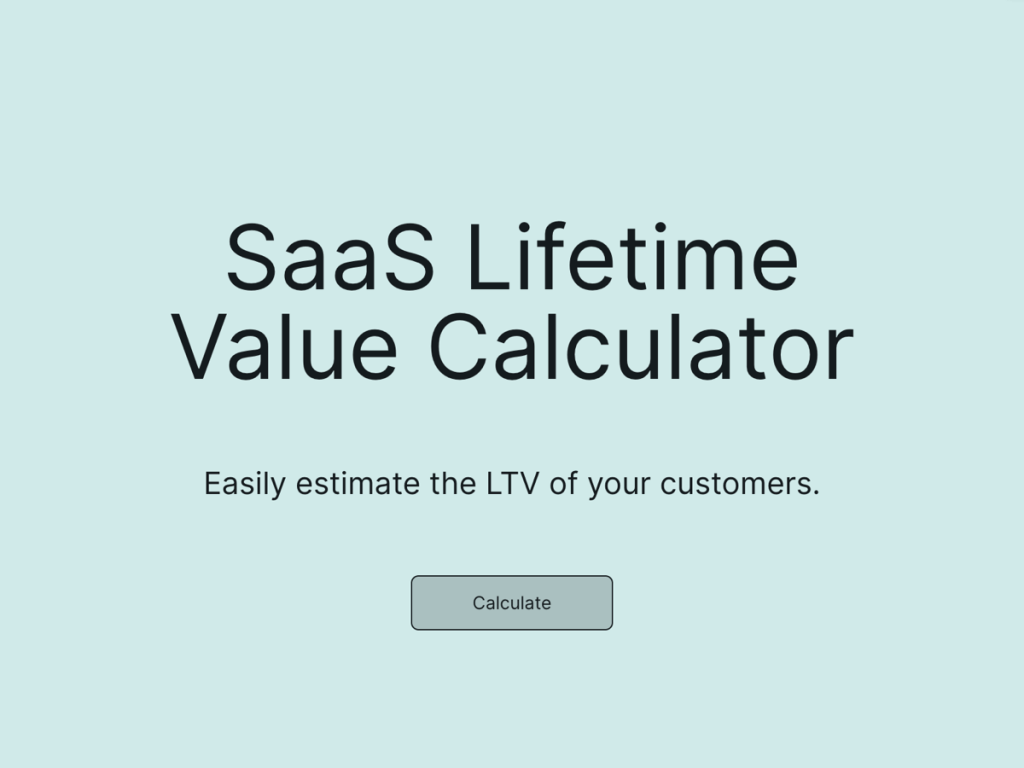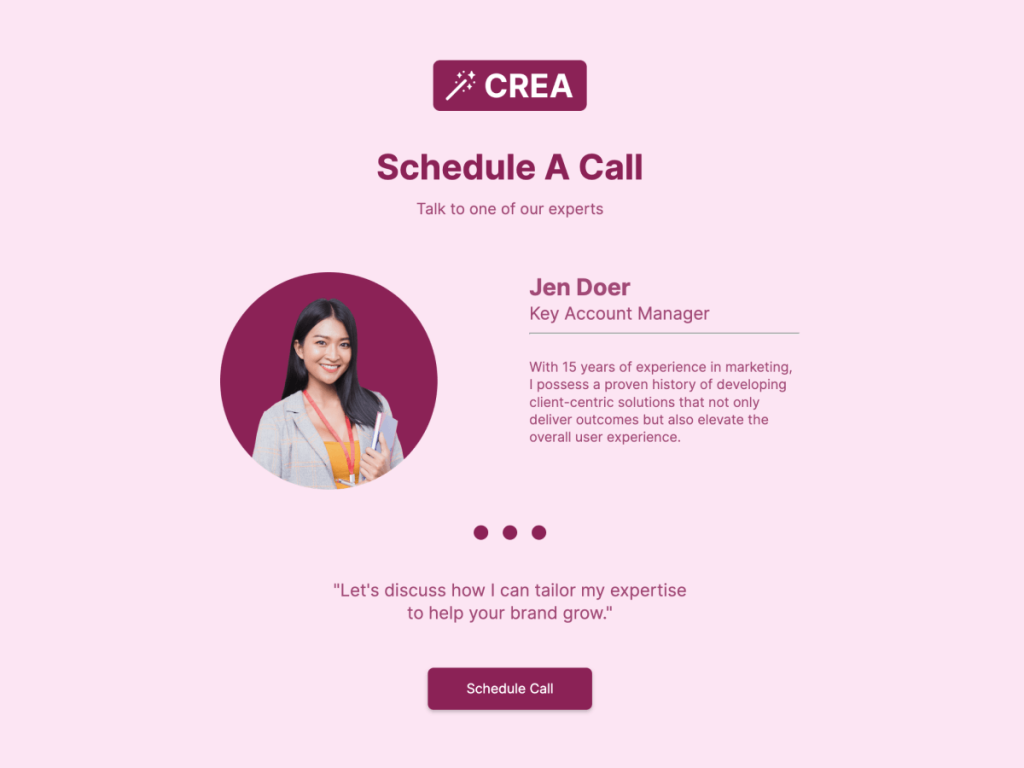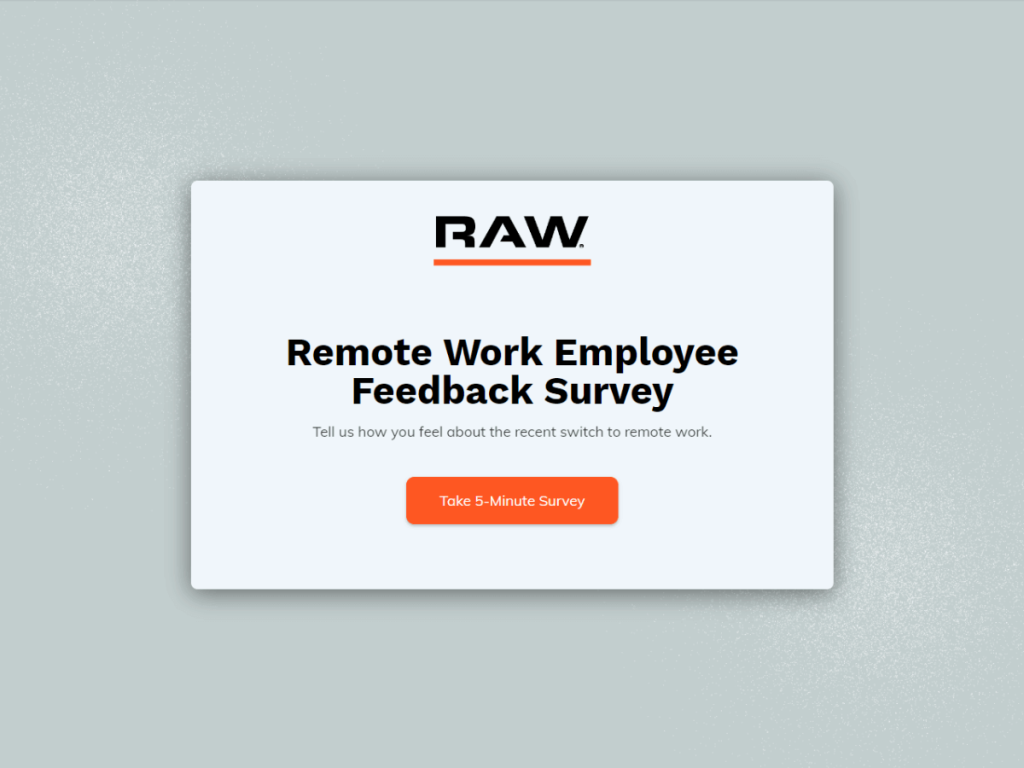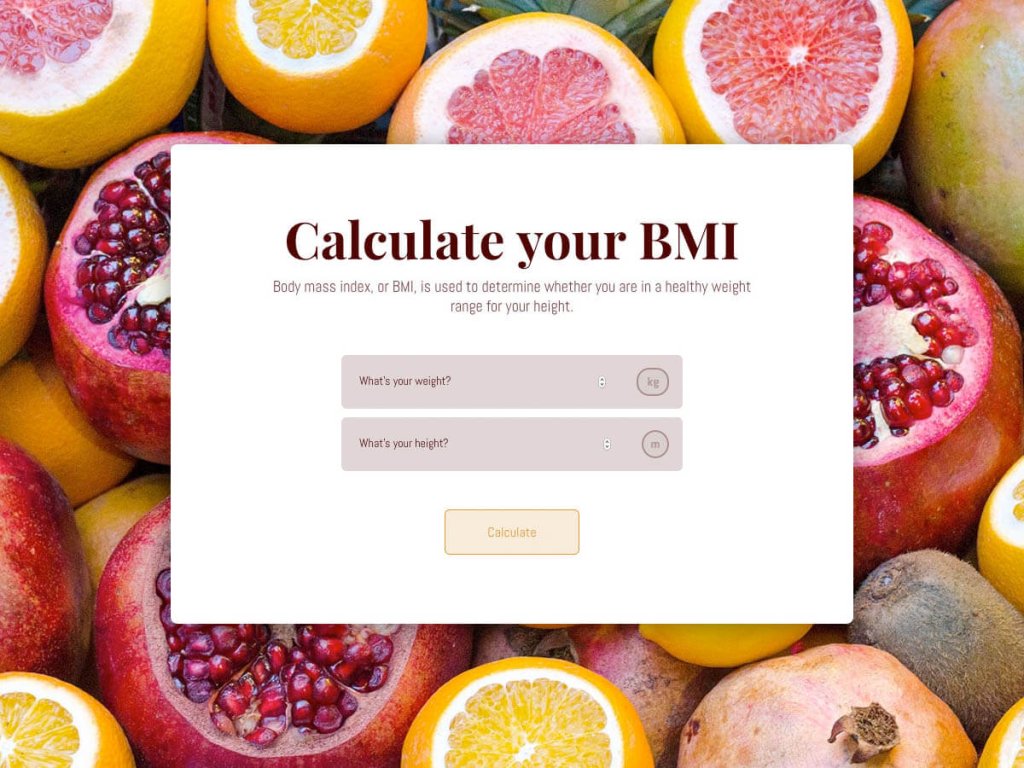Talk to any digital marketing or sales expert and they will tell you: landing pages should be an essential part of your lead generation and conversion strategies. Why? Because a well-optimized landing page can:
Improve brand visibility in the search results
Boost the effectiveness of your ad campaigns
Boost CTR from email, social media, ads, direct messaging, and more
Enhance brand authority through educative content
Boost the performance of your lead magnets
Boost conversions through sales-oriented content
Improve personalization and user experience
Generate invaluable insights and collect user data
These are just some of the perks of having dedicated landing pages, and today we are going to talk about the steps you need to take to craft optimized landing pages to maximize results. These tips will also help you stay away from the common mistakes that make landing pages less engaging and effective.
7 Steps for Building Effective Landing Pages
1. It All Starts with the External Touchpoint
While everyone is focusing solely on the landing page how to optimize it, your optimization strategy should start with the ad or the touchpoint that leads to it. In other words, in order to build truly effective landing pages and generate tangible results, you need to first optimize the external touchpoints.
These touchpoints include:
PPC ads and sponsored posts on social
Email communication
Direct messaging
Social media posts
Links and CTAs from other websites
Boost conversions through sales-oriented content
Community forums and groups
Anywhere else where you have a link to your landing page
While the majority of your visitors will “land” on the page through your ads, which is why it’s important to focus on optimizing your digital advertising strategy, some of your visitors will come from other, equally important touchpoints. To boost CTR and actually get people to your landing pages, you need to optimize every touchpoint.
Quality content and personalization will be instrumental in incentivizing people to click on the link or the CTA. Make sure to personalize your messaging and provide a clear value proposition across these communication touchpoints, because after all, what good is an amazing landing page if people are not visiting it?
2. Optimizing with SEO in Mind
People need to be able to find your landing pages with ease. While business leaders might not consider landing page SEO to be important (because most marketing campaigns are short), SEO should actually be one of your top priorities. Why? Because SEO landing pages maximize your brand’s visibility and reach, and help the search engines prioritize them in the search results.
There are no downsides to investing in landing page SEO services or engaging your in-house SEO team when you are building landing pages, but you need to make sure that your in-house team knows what they’re doing and how to research, optimize, and implement keywords.
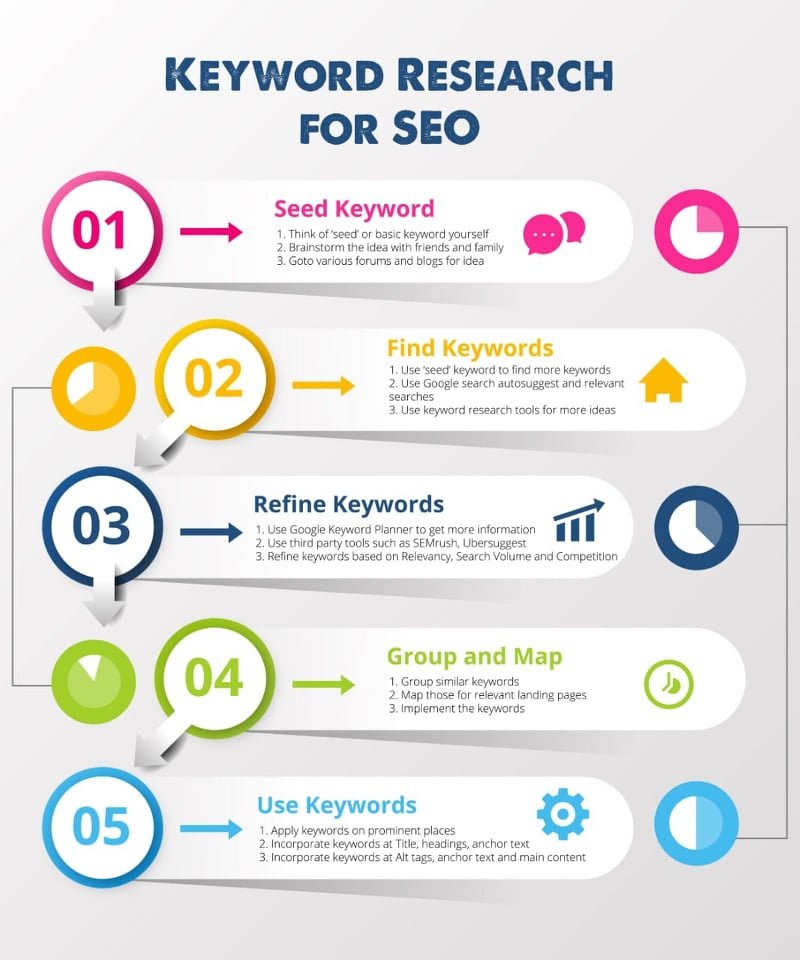
Here’s what you need to keep in mind to build SEO-driven landing pages:
Conduct extensive keyword research
Invest in technical SEO to ensure the proper functioning of your page
Optimize title tag, headers, meta tags, alt tags, and structure your copy
Disperse your keywords throughout the page and avoid stuffing
Use a dedicated SEO tool to check for keyword density and missing keywords
Generate backlinks to your landing page from quality domains around the web
Speed up your pages by using a faster web hosting plan, reducing image file sizes and visual content, and eliminating unnecessary plugins
3. Optimizing for Search Intent
Another key element of landing page optimization, one that affects SEO as well, is search (user) intent. Always keep in mind that different people search for products, brands, services, and content with different intent - which needs to be met when they land on your page. If your landing page is not optimized for user intent, you risk losing them for good.
This is why it’s important to generate and edit your landing page copy according to user intent and other SEO factors. You can do that in an SEO content editor that will give you various optimization tips in real-time, avoiding the need to go back and re-optimize your landing pages after publishing.
Some people are there to find credible information (informational intent), others are there to compare their options (commercial intent) and some are there to make a purchase (transactional intent). By optimizing your copy and messaging for different types of user intent, you are effectively personalizing your landing pages - and Google loves to show personalized search results.
This will allow you to increase sales volume because aligning the copy to their intent will:
Generate qualified leads by creating informational landing pages
Help a person decide on the best product for their needs by creating comparisons and reviews
Or inspire a quick purchase by optimizing your landing page for a seamless shopping experience
4. Adding Video Content to Your Landing Pages
Your landing pages shouldn’t be overly demanding if you want to optimize their performance and minimize load times. That said, there is no denying that visual content and especially videos can be effective tools to boost landing page engagement, interactivity, shareability, and more.
After all, video is the most popular content form right now, so it's worth investing in some engaging video content on your landing pages.
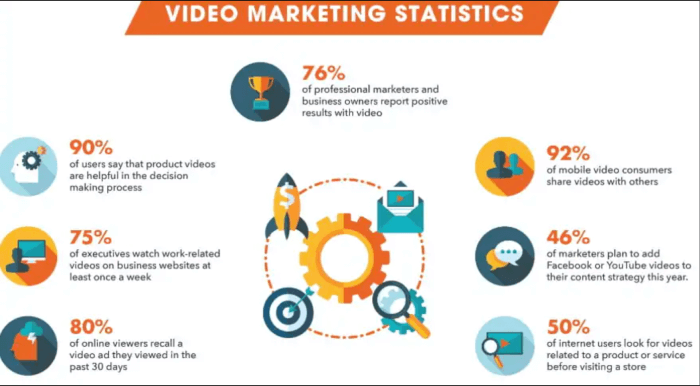
Producing videos from scratch can be a costly and time-consuming process, though, so it’s best to work off templates. There are a lot of marketing video templates online right now, many of which you can use for free to create videos for your landing pages without breaking the bank. That said, you need to be creative with the templates you use to avoid looking too similar to your competitors’ videos.
In fact, templates are also better from a user experience standpoint and for inspiring higher user engagement. You want the videos on your landing pages to be short, informational, eye-catching, and to the point.
5. Building Social Proof to Boost Conversions
You might have the most compelling ad copy and the best landing page layout in the competitive market, but that doesn’t mean that people trust you enough to make a decision. In fact, they probably don’t trust you at all if they’re coming into contact with your brand for the first time.
That’s why building social proof is so important when you’re trying to build high-converting landing pages. You can do this by leveraging numerous types of content as well as user-generated testimonials, reviews, and shout-outs.
There are many different content types and forms you can build in-house or through a content marketplace if you don’t have the talent on staff, but remember that people need to see user-generated content as well. After all, they will trust other customers more than you. Still, that might not be enough.
You can build social proof more effectively by integrating a live notification feature every time someone buys something on your site. This feature doesn’t just have to show recent purchases, it can also show any other meaningful interaction, such as newsletter sign-ups, free trials, downloads, and more.
6. Offer Lead Magnets and Downloadables
Lead magnets and digital products should be an integral part of your digital marketing strategy, and they should be a part of your landing pages, as well. Some of the most high-performing lead magnets you can offer on your landing pages include:
Ebooks
Guides and tutorials
Cheat-sheets
Checklists and templates
Case studies, reports and whitepapers
Product samples or trials
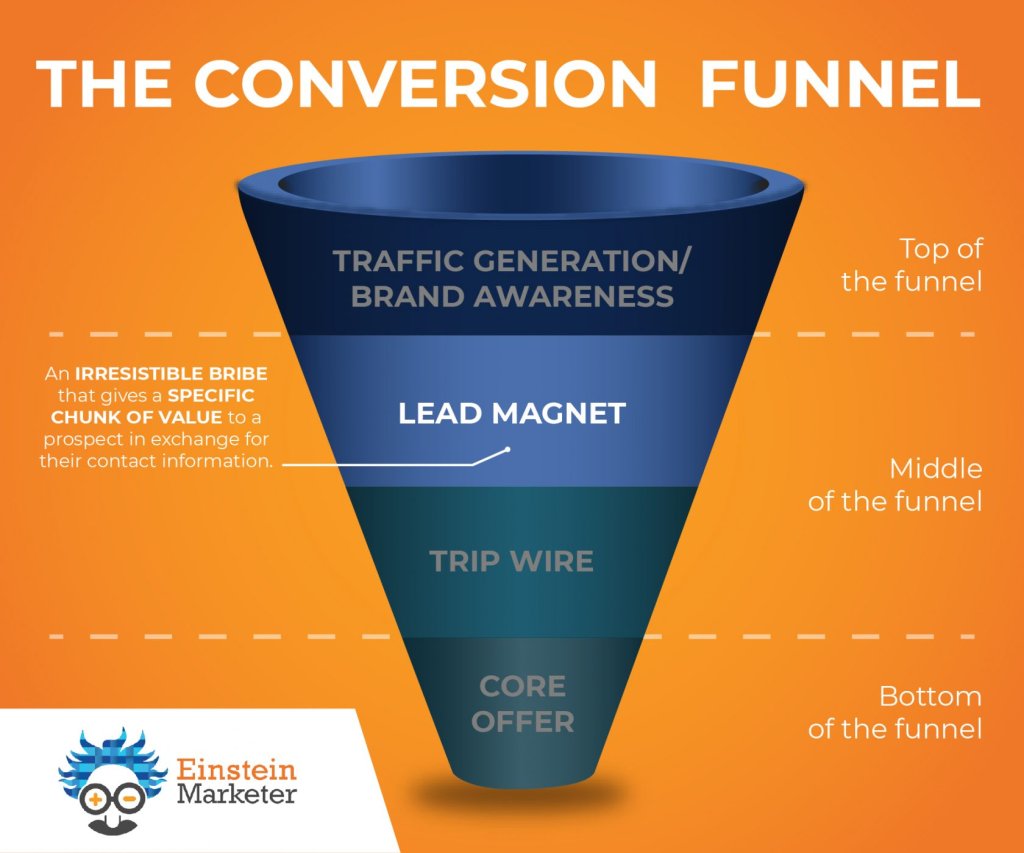
Offering lead magnets on your landing pages, regardless of the kind of user intent they’re targeting, is a great way to maximize landing page performance. Even if a visitor doesn’t buy anything, they might still download a digital product, giving you an opportunity to reconnect, re-engage, and re-open an opportunity to convert.
Make sure you are monitoring the performance and quality of your digital products, though, and use bug tracking to find out if your lead magnets and other products have any bugs or errors. This will allow you to improve all lead magnets and digital products quickly to improve customer engagement and satisfaction, and make your landing pages that much more effective.
7. Mobile Optimization is a Must
Finally, make sure your landing pages are completely optimized for the mobile demographic (it is by default with a good landing page builder like involve.me). Now that people are increasingly consuming content, shopping, and educating themselves online via mobile devices, you need to ensure a smooth experience on your landing pages. Needless to say, this will be a vital part of your mobile marketing strategy. To optimize your landing pages for seamless mobile browsing, make sure to:
Keep it concise and to the point
Design with limited space in mind
Use catchy headlines and impactful statements
Optimize the loading time
Use only one CTA
Use a minimal sign-up form
If you want to inspire mobile purchases, then it’s important to provide a payment gateway on the landing page. If the customer needs to sign a contract or any other document, and provide an electronic signature as well, then it’s important to integrate these functionalities. Don’t force the user to go through several pages to place an order or acquire your services. Instead, make sure that this process is as seamless as possible on every landing page.
Over to You
In the modern online world, simply having a landing page is not enough to generate any kind of tangible results. Only by optimizing your landing pages can you ensure a positive ROI and achieve your goals.
Whatever the goals may be, whether you are trying to generate leads or incentivize a quick purchase, make sure to use this checklist to optimize your landing pages properly. Use this checklist as a guide and refer back to it every time you need to build a new landing page or optimize existing ones.

